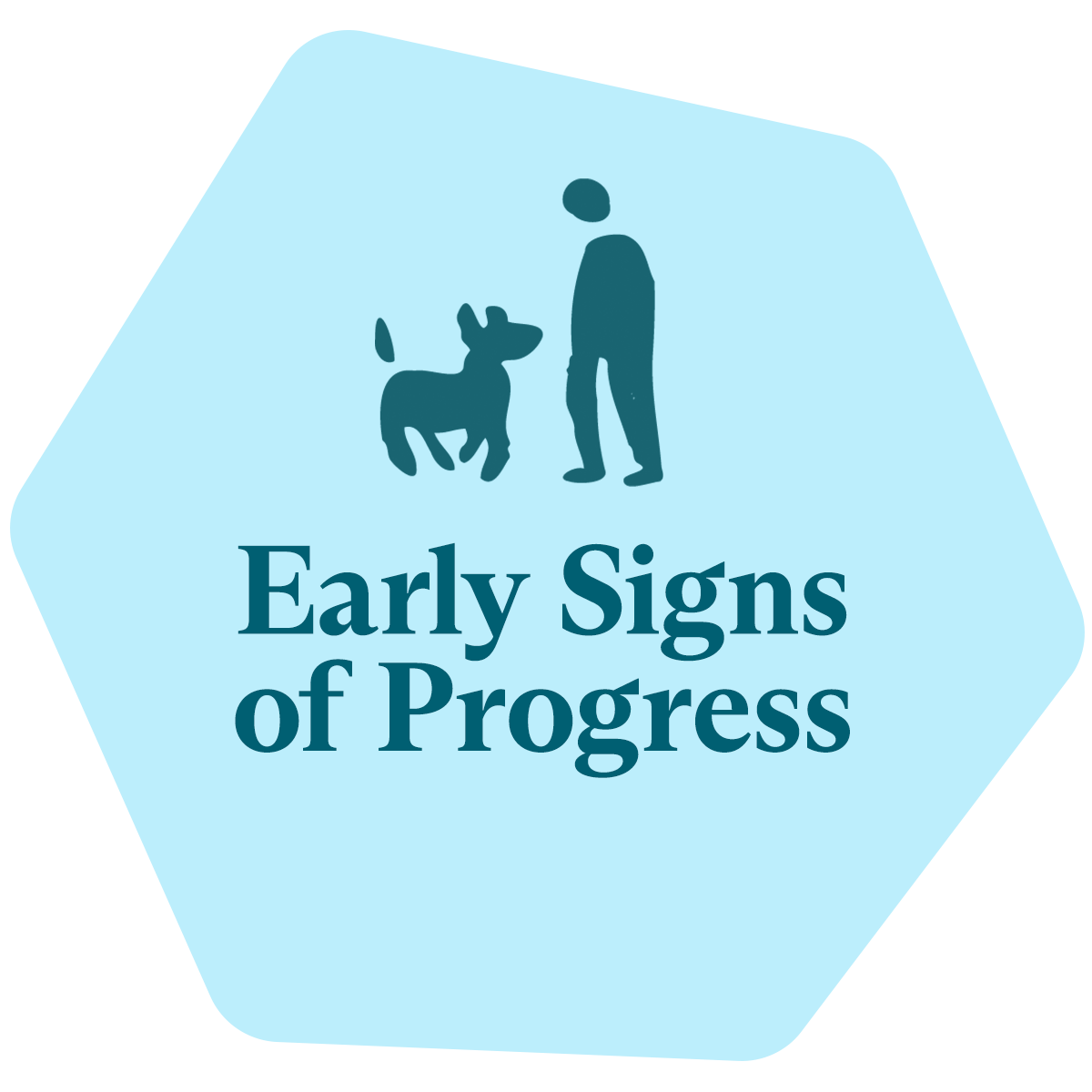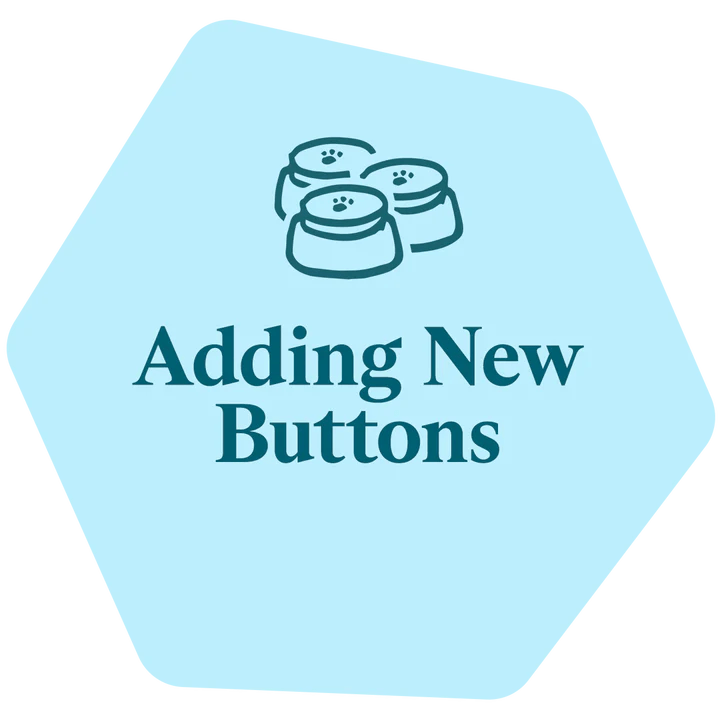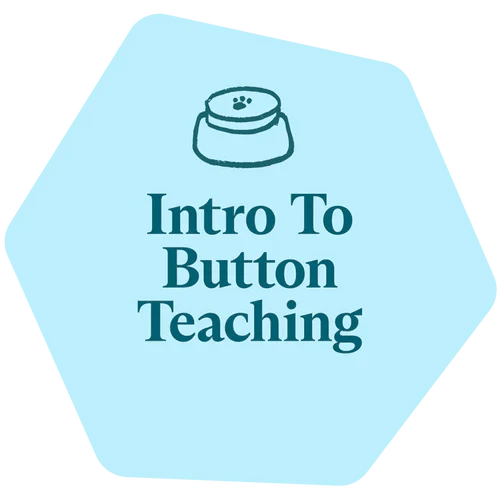Early Learning Phases of Button Teaching
The following learning phases can help you gauge your learner’s progress. Remember each learner is different – they could be in one stage for a while or skip it entirely.
Paying attention to what you say and do
The earliest phase of button teaching is observing and listening. All learners must hear words before they begin producing them. Witnessing you say and model concepts helps them understand what they mean and how they can be used. This continued exposure to button sound, meaning, and location is critical.
Next steps: Keep talking to and modeling for them. It’s also okay to verbally model concepts they don’t have buttons for yet to give them a head start. Focus on looking for and celebrating subtle signs of progress in your learner. This is one of the hardest but most important stages to stay dedicated through because it really does require patience and consistency more than anything.
Responding correctly when you press buttons
When your learner responds appropriately to buttons when they are pressed, that means they are “getting it” and you’ve done a great job modeling for them! In this stage, they clearly understand what the buttons mean but may not be ready to press the buttons themselves yet.
Next steps: Continue modeling for your learner to see if they begin pressing the buttons. If they show zero interest in interacting with the soundboard themself, consider encouraging them by asking something like “what want?” or encouraging them to “use your words” or “tell me.” Prior to modeling, draw their attention to the soundboard. If you know what they want, show them the button associated with what they want. Encourage them to press it on their own by lightly tapping the button and area around it with your fingers. Even if they just sniff it, it’s a win. If you sense they don’t think the buttons are for their use, try target training.
Exploring the soundboard
If your learner is interacting with the soundboard but doesn’t seem to understand the meaning or location of individual buttons yet, you’ve made great progress! We want them to understand good things come from pressing buttons and it’s fantastic to see them intrinsically motivated to interact with them. They might go through a variation of this stage by exploring what different button combinations do, especially when introduced to new concepts.
Next steps: Keep responding and modeling to every press to help them learn the individual meanings and locations of each button. Not responding just teaches them they don’t get a response with that button. Draw their attention to the soundboard when you press and model buttons to help teach individual button locations.
Pressing buttons appropriately
When a learner regularly uses a button in a way that indicates they understand the meaning of that concept, we call these contextually appropriate presses. It’s even better when they begin using buttons like this without any prompting from you at all. If you’re at this point, congratulations, you’ve successfully taught them a concept!
Bonus Phase:
Narrating the world around them
Your learner may go through a phase where they begin pressing buttons related to what’s happening around them. It’s especially common after they’ve recently learned or mastered a new concept. This could be them checking their own understanding or simply boasting with pride, eager to show you they know what that button means. For example, you might have the faucet on to wash dishes and they might press WATER. This is very exciting! Not every learner does this, but it’s a cool bonus phase you can look for and appreciate if it does happen.
Next steps: Respond by letting them know how right and smart they are! If it’s clear they understand the meaning of the concepts currently available to them, it might be time to add one or two new buttons to keep expanding their vocabulary.
If you have questions or feedback regarding this content, please email us at learning@fluent.pet




Leave a comment
This site is protected by hCaptcha and the hCaptcha Privacy Policy and Terms of Service apply.